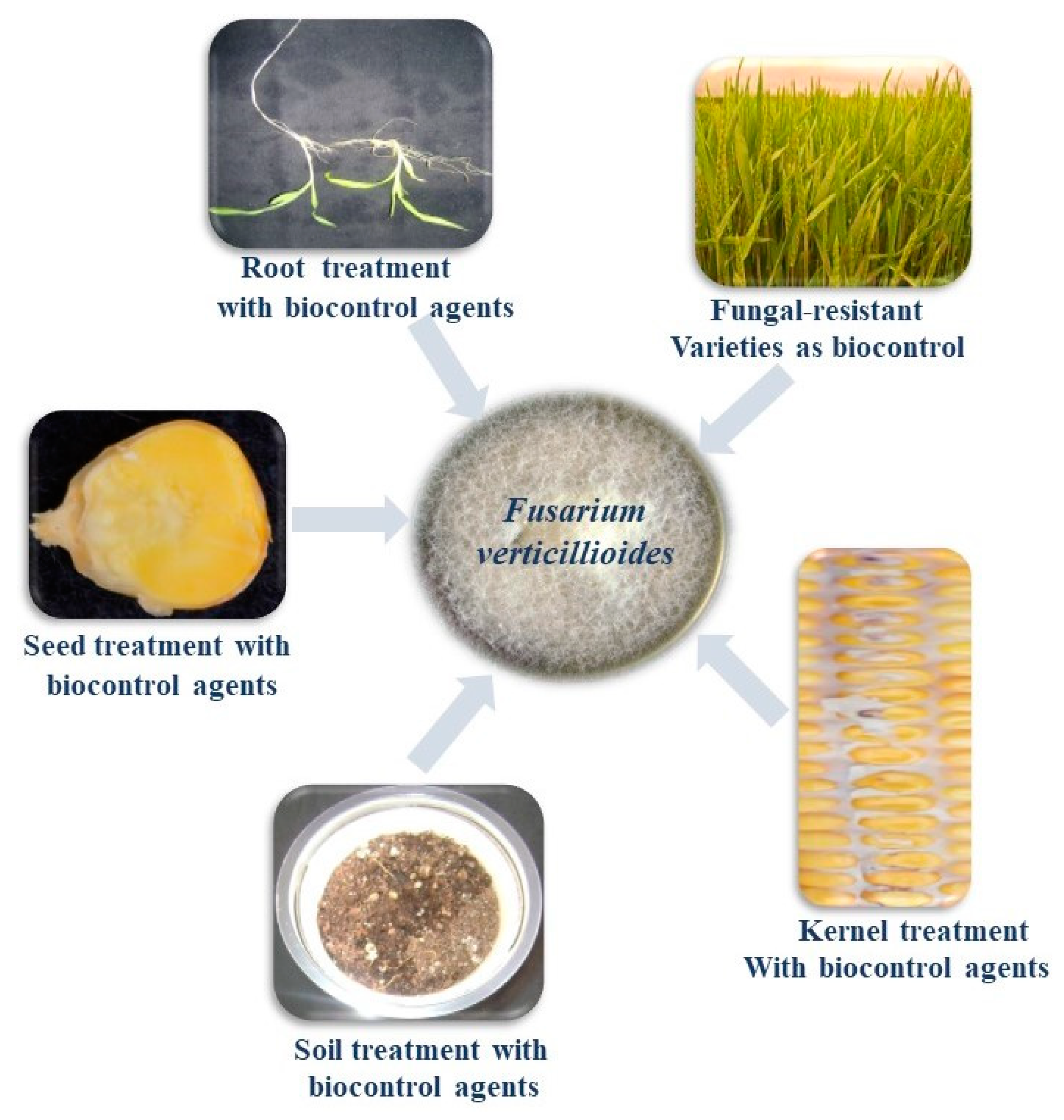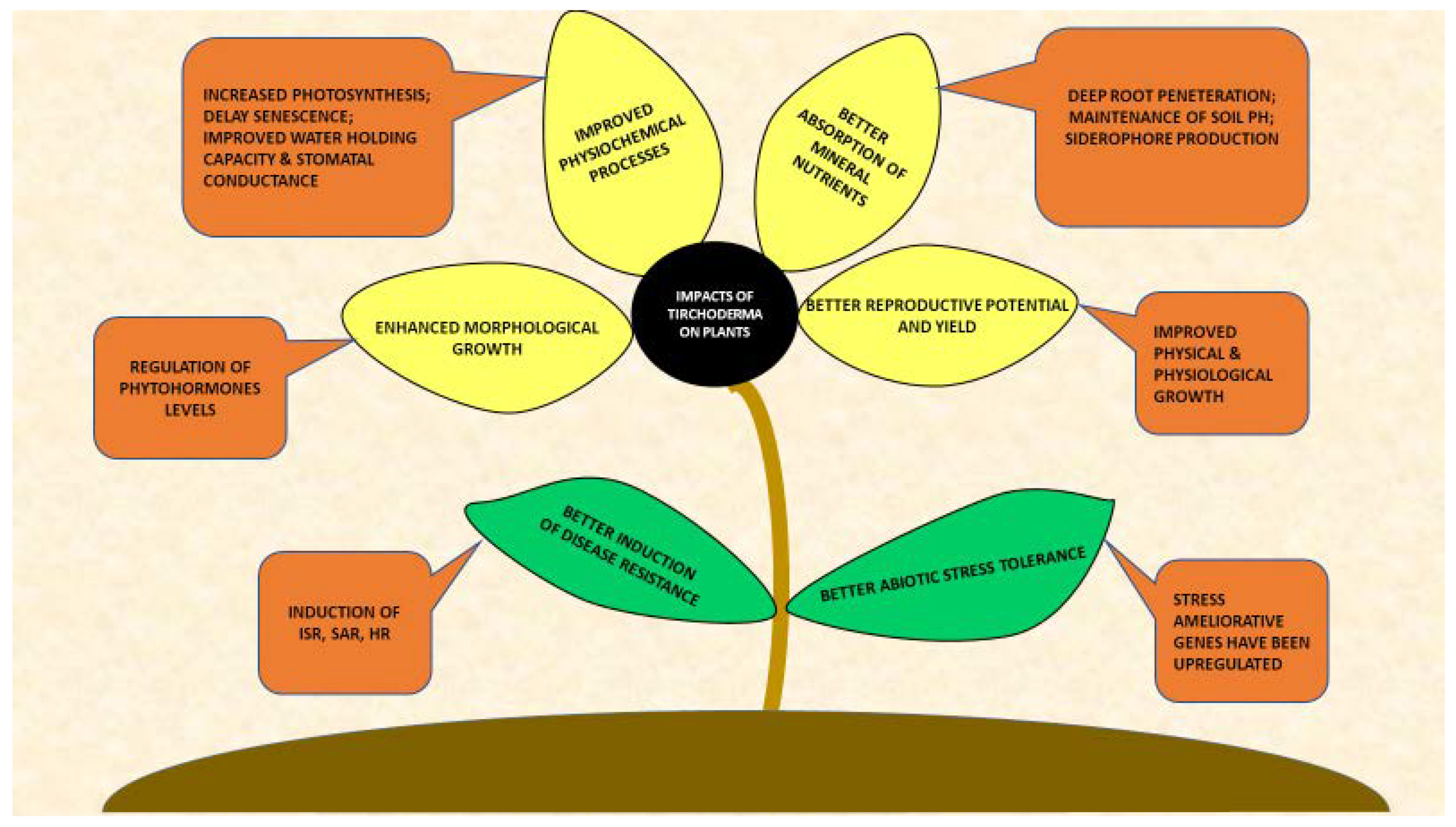

Drosophila suzukii (Matsumura) is native to East Asia but has widely established in the Americas and Europe, where it is a devastating pest of soft-skinned fruits. plant species present in affected range-. Biological control of Drosophila suzukii. In this chapter, using of different microorganism as biological control agents of plant fungal diseases were reviewed, as well as using chemicals in controlling fungal diseases and their effects on plants, environment and common health impacts. ecological consequences of biological control of pests and of vegetation change. From 1990’s the importance of using microorganisms was increased as biocontrol agents to decrease the chemical uses and their hazardous for human and animal health topics. Hence, the biological control of plant pathogenic fungi became the most important issue, due to the chemical risk to control the fungal diseases. Control of fungal diseases using different fungicides has dangerous effects on human beings as well as animals by precipitating in the plant tissues and then transfer to human and animals causing many health complications.

More recently, we have conducted related studies on newly discovered species that. known to act as biocontrol agents and/or induce plant host defense pathways (Biological Control of Plant Pathogens). Since this date the plant fungal diseases have a great attention from the researchers. Unfortunately, growers continue to use chemical control over biological agents, and lack of knowledge often contributes to the downfall of a biocontrol agent. Initially, our lab focused on studying the ecology and biocontrol efficacy of DAPG-producing Pseudomonas spp. Unfortunately, growers continue to use chemical control over biological agents, and lack of knowledge often contributes to the downfall of a biocontrol agent.
CURRENT STATE OF PLANT DISEASE BIOCONTROL AGENTS UPDATE
The guidelines update and replace the 1988 FAO publication The Registration of Biological Pest Control Agents. Biological control offers an environmentally friendly alternative to the use of pesticides for controlling plant diseases. The great Irish Famine in 19th century was due to potato (a great portion of Irish diets) was attacked by an oomycete pathogen Phytophthora infestans causing late blight disease which destroyed the potato crop for several years (1845–1852). microbial, botanical, and semiochemical pest control agents for plant protection and public health uses. Finally, we propose diverse effective strategies for the application of endophytic bacteria as biological agents during both pre- and post-harvest stages, with the aim of protecting crop plants and their agricultural products.Plant fungal diseases are the most destructive diseases where the fungal pathogens attack many economic crops causing yield losses, which affect directly many countries’ economy. In addition, an exploration of their beneficial effects on sustainable agriculture by reducing/eliminating the use of toxic agrochemicals was conducted. The present work makes a systematic and in-depth review on the current state of endophytic bacterial diversity, their plant colonization strategies, and their potential roles as protective agents against plant diseases during pre- and post-harvest stages of crop productivity. However, bacterial endophytes also protect their plant host through biocontrol pathogens or by inducing plant innate immune system. Within the plant, these bacteria exert multiple beneficiary effects, including direct stimulation of plant growth by the action of phytohormones or the production of metabolites. Bacterial endophytes colonize and inhabit internal plant tissues without causing any apparent damage.

Sustainable agriculture requires the recruitment of bacterial agents to control diverse plant diseases such as bacterial endophytes.


 0 kommentar(er)
0 kommentar(er)
